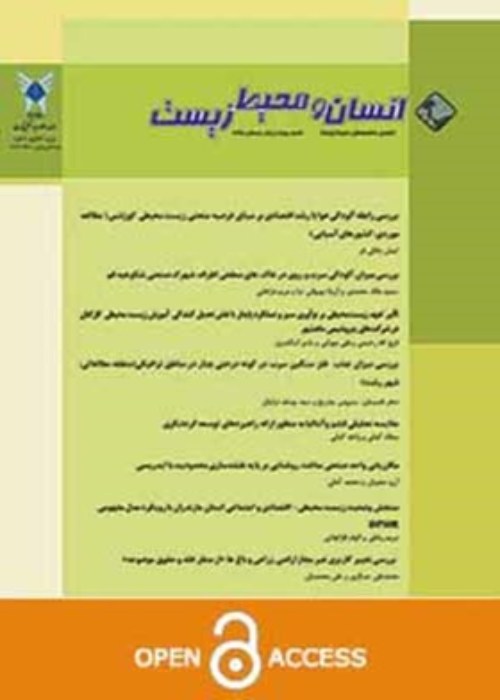Wastewater Management in Aquaculture for Sustainable Production: Nitrogen Compounds Removal Methods
Aquaculture is one of the fastest growing sectors of agriculture in the world today. The intensive development of the aquaculture industry has been accompanied by an increase in environmental impacts. The production process generates substantial amounts of polluted effluent, containing uneaten feed and feces. Discharges from aquaculture into the aquatic environment contain nutrients, various organic and inorganic compounds such as nitrogenous compounds (ammonium, nitrite, and nitrate), phosphorus, dissolved organic carbon and organic matter. Ammonia (NH3) is the product of fish respiration and decomposition of excess organic matter. Chemoautotrophic bacteria (Nitrosomonas and Nitrobacter) tend to oxidize ammonium ions to nitrite and nitrate ions. Interest in closed aquaculture systems is increasing, mostly due to biosecurity, environmental and marketing advantages over conventional extensive and semi-intensive systems. When water is reused, some risks such as pathogen introduction, escapement of exotic species and discharging of waste water (pollution) are reduced and even eliminated. In current review, we will discuss on inorganic nitrogen removal techniques in aquaculture.
This research is in terms of the nature of the review, which has studied the subject by reviewing scientific sources.
The most common way to remove nitrogenous waste material in aquaculture system, is including; water exchange, aeration, cut off feeding, use of zeolite mineral and the biological control.
the most suitable method for controlling inorganic nitrogen compounds is consumption and reduction of nitrogen in the same place by bacteria (biochemical method).
- حق عضویت دریافتی صرف حمایت از نشریات عضو و نگهداری، تکمیل و توسعه مگیران میشود.
- پرداخت حق اشتراک و دانلود مقالات اجازه بازنشر آن در سایر رسانههای چاپی و دیجیتال را به کاربر نمیدهد.


